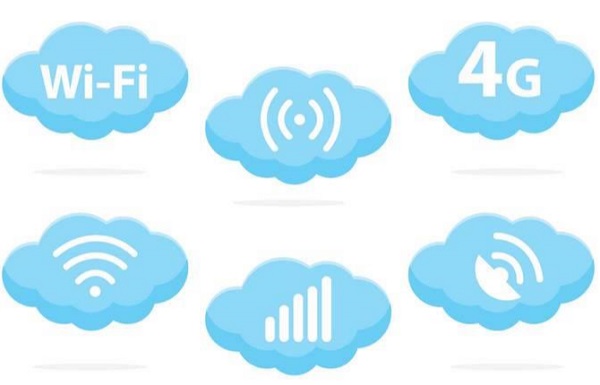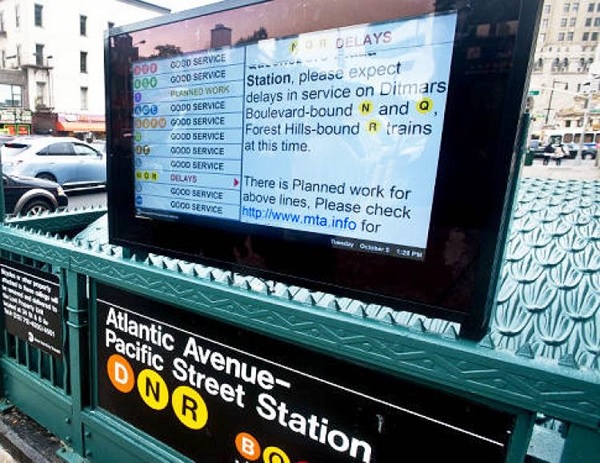IoT - CISCO Virtualized Packet Zone
Cisco Virtualized Packet Core (VPC) is a technology providing all core services for 4G, 3G, 2G, WiFi, and small cell networks. It delivers networking functionality as virtualized services to allow greater scalability and faster deployment of new services at a reduced cost. It distributes and manages packet core functions across all resources, whether virtual or physical. Its key features include packet core service consolidation, dynamic scaling, and system agility.

Its technology supports IoT by offering network function virtualization, SDN (software-defined networking), and rapid networked system deployment. This proves critical because its virtualization and SDN support low-power, high flow networking, and the simple deployment of a wide variety of small devices. It eliminates many of the finer details of IoT systems, and conflicts, through consolidating into a single system and single technology for connecting and integrating all elements.
Use Case : Smart Transportation
Rail transportation provides a viable example of the power of VPC. The problems VPC solves relate to safety, mobility, efficiency, and service improvement −
- Rail applications use their own purpose-built networks, and suffer from interoperability issues; for example, trackside personnel cannot always communicate with local police due to different technologies.
- Determining if passengers need extra time to board remains a mostly manual task.
- Data updates, like schedules, remain manual.
- Each piece of equipment, e.g., a surveillance camera, requires its own network and power source.

A smart MRT sign in New York
VPC improves service by introducing direct communication over a standard network, more and automated monitoring, automatic data updates through smart signs, and native IP networks for all devices along with PoE (Power over Ethernet) technology. This results in passengers who feel safer, and enjoy a better quality service.



No comments:
Post a Comment